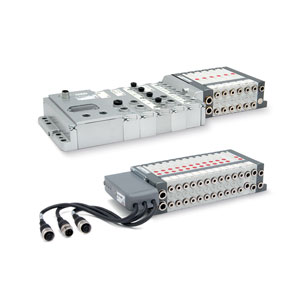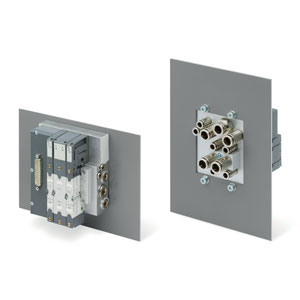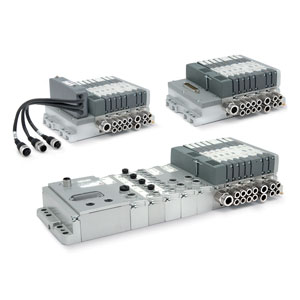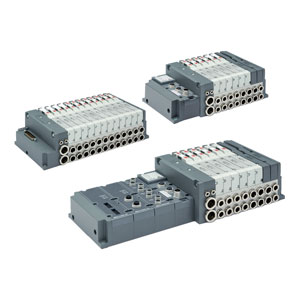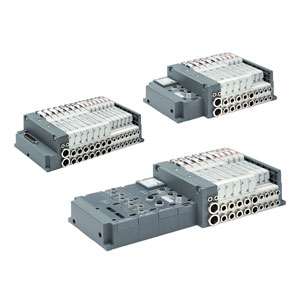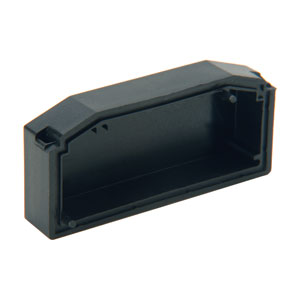Valve islands
Valve units are essential components for accurate, smooth, and precise control of pneumatic systems in industrial applications. These islands, using additional electrical accessories, enable not only the control of the flow direction from the solenoid valves but also pressure regulation. They can interface with signals coming from electrical limit switches or photocells and provide activation commands to external elements such as relays, LEDs, hydraulic solenoid valves, among others.
Added to Your Shopping Cart
Description of Valve Islands
Valve islands are highly efficient systems in controlling pneumatic flows in automated industrial environments. One of the main advantages is their ability to centralise pneumatic control at a single point, thereby reducing system complexity and improving operational efficiency. This centralisation also facilitates maintenance, allowing quick interventions and replacements. Valve islands are designed to be modular, offering flexibility in system configuration and expansion without the need to replace the entire plant. Furthermore, their ability to integrate with digital control systems enables precise programming and monitoring.
Advantages of Valve Islands
Commonly used in industrial automation applications, valve islands offer numerous advantages that justify their adoption in various sectors such as manufacturing, automotive, and robotics.
- Centralisation of Control: Valve islands allow the centralisation of multiple pneumatic flow control functions at a single point. This helps reduce the complexity of installing and managing pneumatic systems, improving efficiency and facilitating fault diagnosis.
- Space and Cost Reduction: By integrating various valves into a compact module, valve islands significantly reduce the space required for installation. This can also lead to cost reductions in materials and maintenance.
- Modularity and Flexibility: The modular structure of valve islands allows easy expansion or modification of the system without needing to completely restructure the existing plant. This feature makes them particularly suitable for contexts where production needs can change rapidly.
- Interface with Automation Systems: Modern valve islands are often equipped with interfaces compatible with major industrial communication protocols, enabling easy integration with automated control systems and agile programming through specialist software.
How to Choose the Right Valve Unit
Choosing the ideal valve unit depends on various factors such as the type of application, the required flow volume, and the available mounting space. The technology behind valve units is continuously evolving to develop solutions that maximise efficiency, safety, and sustainability of industrial processes. This last aspect is essential and must always be considered during the evaluation and selection phase of the valve unit to be used.
Technology Behind Valve Units
These units operate based on well-established principles that use compressed air to activate or deactivate specific circuits within a pneumatic system.
- Actuation Technology: The valves are electro-mechanically controlled, using solenoids that transform an electrical signal into mechanical movement. This allows precise and rapid control of valve opening and closing, essential for optimising operational cycles and reducing system response times.
- Electronic Integration: Modern valve units incorporate advanced electronic technologies that enable communication with centralised control systems through industrial network protocols such as Ethernet, CANOpen, Profinet, and many others. This allows easy programming, monitoring, and interfacing with other components within the automation system.
- Modular Design: The modular architecture of valve units facilitates system customisation and expansion. Users can add or remove specific modules according to production needs without requiring complex interventions, thereby maintaining operational flexibility and reducing downtime.
In summary, the technology behind valve units combines mechanical and electronic innovations to offer high-efficiency and precision solutions, fundamental to modern industrial automation. These units represent a crucial investment for companies seeking to improve the performance and efficiency of their production processes.
Product Availability by Store Location
Hours
 China
China




